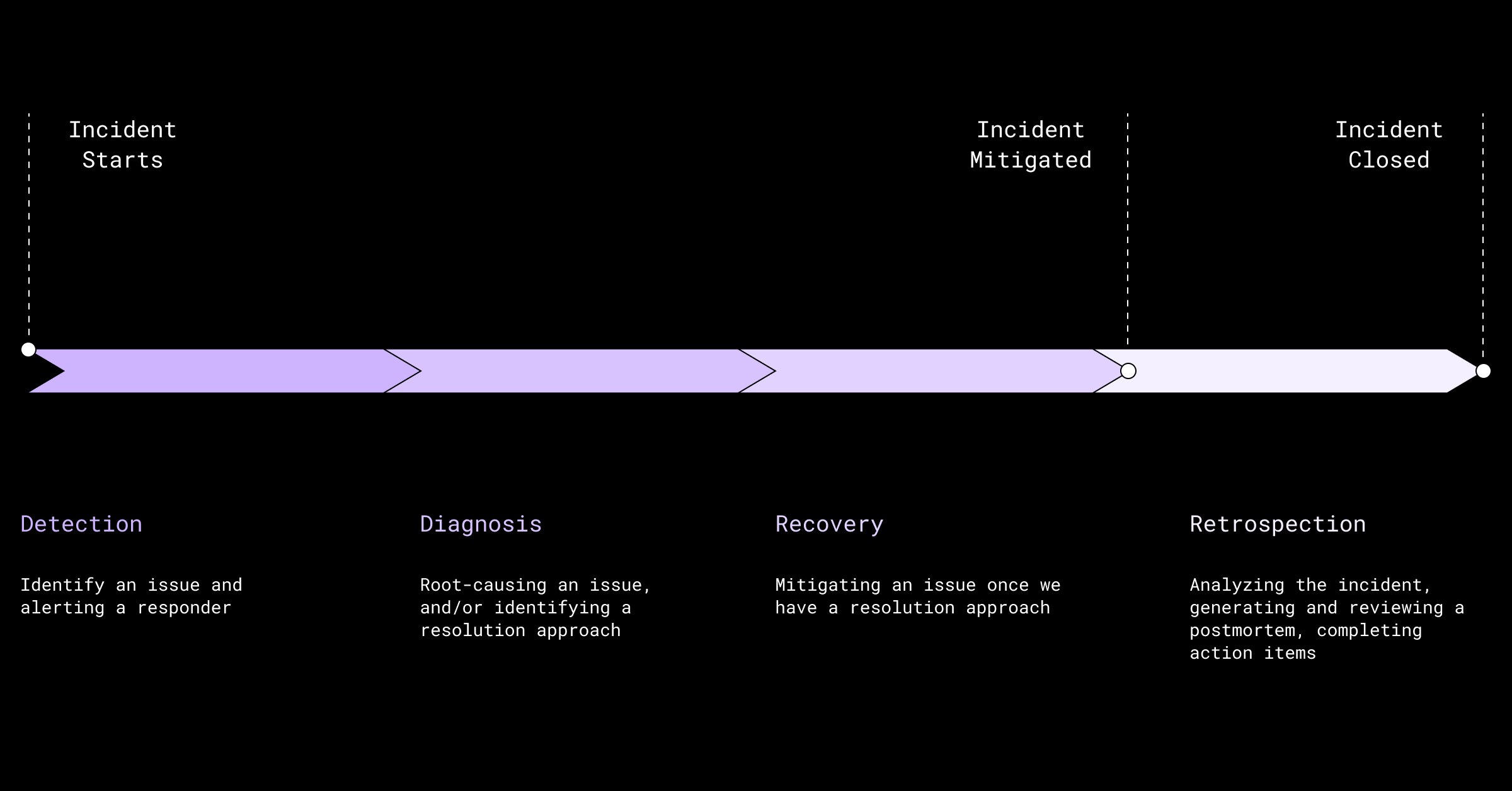‘The Problem with…’ series covers controversial topics related to efforts to improve healthcare quality, including widely recommended but deceptively difficult strategies for improvement and pervasive problems that seem to resist solution. The ‘5 whys’ technique is one of the most widely taught approaches to root-cause analysis (RCA) in healthcare. Its use is promoted by the WHO,1 the English National Health Service,2 the Institute for Healthcare Improvement,3 the Joint Commission4 and many other organisations in the field of healthcare quality and safety. Like most such tools, though, its popularity is not the result of any evidence that it is effective.5–8 Instead, it probably owes its place in the curriculum and practice of RCA to a combination of pedigree, simplicity and pedagogy. In terms of pedigree, ‘5 whys’ traces its roots back to the Toyota Production System (TPS).9 It also plays a key role in Lean10 (a generic version of TPS) as well as Six Sigma,11 another popular quality improvement (QI) methodology. Taiichi Ohno describes ‘5 whys’ as central to the TPS methodology:The basis of Toyota's scientific approach is to ask why five times whenever we find a problem … By repeating why five times, the nature of the problem as well as its solution becomes clear. The solution, or the how-to, is designated as ‘1H.’ Thus, ‘Five whys equal one how’ (5W=1H). (ref. 9, p. 123) This quote also makes the case for the technique's simplicity. Asking ‘why’ five times allows users to arrive at a single root cause that might not have been obvious at the outset. It may also inspire a single solution to address that root cause (though it is not clear that the ‘1H’ side of the equation has been adopted as widely). The pedagogical argument for …














